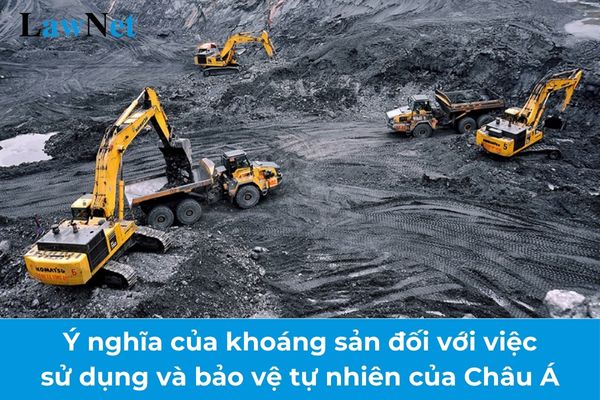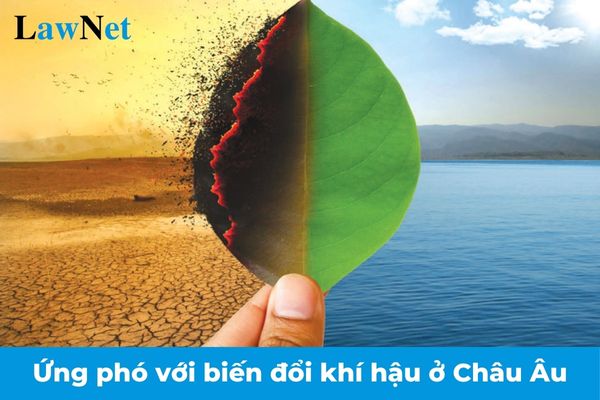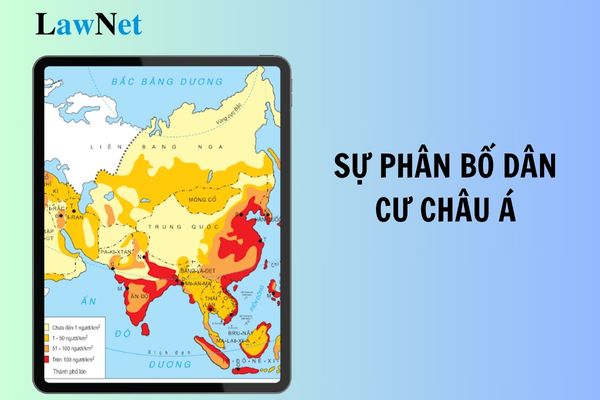What is the sample report on the Chinese economy for 7th-grade students in Vietnam? What are the required outcomes for 7th-grade students regarding Asian Geography?
What is the sample report on the Chinese economy for 7th-grade students in Vietnam?
The Chinese economy is one of the largest and fastest-growing economies in the world, playing a critical role in the development of the global economy. The report on the Chinese economy will provide an overview of the key features and prospects of the Chinese economy.
Students can refer to the following sample report on the Chinese economy for 7th-grade students in Vietnam:
| I. Overview of China's Economy: China is currently not only the largest economy in Asia but also one of the most influential economies in the world, surpassing the United States in several indicators like total industrial output value and trade. However, to achieve this position, China has undergone a long journey, from a feudal period with an underdeveloped economy to a strong transition thanks to reforms and modernization since 1978. II. Characteristics of the Chinese Economy: 1. Historical Development of the Economy: China has an economic history spanning thousands of years, but before the 20th century, the economy was primarily based on self-sufficient agriculture and was limited by feudal policies. - Before 1978: The Chinese economy was subsidized, ineffective due to tight state control during the period of planned socialist economy. - After 1978: China implemented open reforms with the "four modernizations" policy focusing on agriculture, industry, science and technology, and national defense. These reforms have propelled rapid economic growth, making China a "world factory." 2. Economic Structure: The Chinese economy has undergone significant shifts in structure: - Sector I (Agriculture): A significant decrease in GDP share, but still maintains an essential role in ensuring food security and providing materials. - Sector II (Industry): Manufacturing and production remain pillars, making China the largest exporter in the world. - Sector III (Services): Has developed remarkably, currently occupying the largest share of GDP, reflecting the transition to a modern economy. 3. Some Key Economic Sectors: a) Agriculture: - China is the largest producer of rice, wheat, corn, and various fruits globally. - Notably, the mechanization of agriculture and land reforms have significantly improved productivity. b) Industry: - Chinese industry leads the world in sectors such as steel production, cement, chemicals, electronics, and consumer goods. - China is also a hub for high-tech manufacturing, with the development of companies like Huawei, Xiaomi, and Lenovo. c) Services: - The service sector, especially finance, e-commerce (Alibaba, JD.com), tourism, and real estate, has experienced tremendous growth. - Domestic and international tourism is also a significant revenue stream. III. Challenges and Opportunities: 1. Challenges: - Environment: Air, land, and water pollution remain severe issues. - Regional Disparities: Rural areas are still underdeveloped compared to major cities. - Export Dependence: The Chinese economy is vulnerable to international market fluctuations. 2. Opportunities: - Technological Advancements: China is leading in fields like artificial intelligence, renewable energy, and electric vehicles. - Domestic Market: With a large population, the purchasing power of the domestic market is increasing, providing a significant boost to the economy. IV. Conclusion: The Chinese economy has achieved remarkable achievements, transforming from an agricultural country into a global economic power. However, to maintain sustainable development, China needs to address challenges related to the environment, and social equality, and continue technological innovation. Thanks to flexibility and long-term development strategies, China will remain an important driver of the global economy in the future. |
Note: Content is for reference only.
.jpg)
What is the sample report on the Chinese economy for 7th-grade students in Vietnam? What are the required outcomes for 7th-grade students regarding Asian Geography? (Image from the Internet)
What are the required outcomes for 7th-grade students regarding Asian Geography in Vietnam?
Under Section 5 of the General Education Program in History and Geography at the lower secondary level promulgated with Circular 32/2018/TT-BGDDT specifying the required outcomes for 7th-grade students regarding Asian Geography:
- Be able to present the geographic location, shape, and size of Asia.
- Be able to present one of Asia's natural features and the significance of this feature for using and protecting nature.
- Be able to identify on the map the topographical areas and main minerals in Asia.
- Be able to present the characteristics of the population, religions; the distribution of population and major cities.
- Be able to identify the political regions of Asia on the map.
- Be able to present the natural characteristics of one of the regions in Asia.
- Know how to collect materials and present about one of Asia's major and emerging economies (e.g., China, Japan, South Korea, Singapore).
What are the eligibility requirements for 7th-grade students in Vietnam to advance to the next grade?
According to the provisions of Clause 1, Article 12 Circular 22/2021/TT-BGDDT, the eligibility requirements for 7th-grade students in Vietnam to advance to the next grade are as follows:
- Training results of the entire school year (including re-assessment results after training during summer break according to Article 13 of Circular 22/2021/TT-BGDDT) are Qualified or higher.
- Learning results of the entire school year (including re-assessment results of all subjects according to Article 14 of Circular 22/2021/TT-BGDDT) are Qualified or higher.
- Number of days leave does not exceed 45 half-days (calculated according to education plans which is 1 half-day for every day under formal education plan, including permitted leave, unpermitted leave, continuous leave, and intermittent leave).










- What are the 05+ teachers’ acknowledgments to parents in 2025? In Vietnam, how many parent-teacher conferences are held in a school year?
- What are the venues for organizing fireworks displays in Hanoi for the Lunar New Year 2025? What is the age at which students may use fireworks during the Lunar New Year?
- What are the 05+ high-scoring sample descriptive essays on neighbors? When are 5th-grade students in Vietnam eligible to receive certificates of achievement
- What are the 05 sample descriptive essays on autumn? Does the 5th-grade Vietnamese language curriculum help students nurture the soul, form personality, and develop individuality?
- What are the sample paragraphs from 4 to 5 sentences about a daily activity of your teachers? Under current regulations, is it allowed to provide extra classes for the 3rd-grade Vietnamese language subject?
- What are the 03+ sample paragraphs from 4 to 5 sentences about your teacher for 2nd-grade students in Vietnam? What are the 03 2nd-grade Vietnamese language textbooks according to Decision 709?
- What are the 10+ exercises on compound sentences with answers for 5th-grade students in Vietnam? Must the 5th-grade education program in Vietnam ensure inheritability?
- What are the sample paragraphs from 3 to 5 sentences about the sky today under the 3rd-grade Vietnamese language curriculum? How many lessons do writing skills in the 3rd-grade Vietnamese language curriculum constitute?
- What is the date in the Gregorian calendar corresponding to the 6th day of the Lunar New Year 2025? What is the learning time for the career-oriented education phase in Vietnam?
- What are the 02 sample descriptive essays on fruit trees for 4th-grade students in Vietnam? What are the assessment criteria for 4th-grade students in Vietnam?

